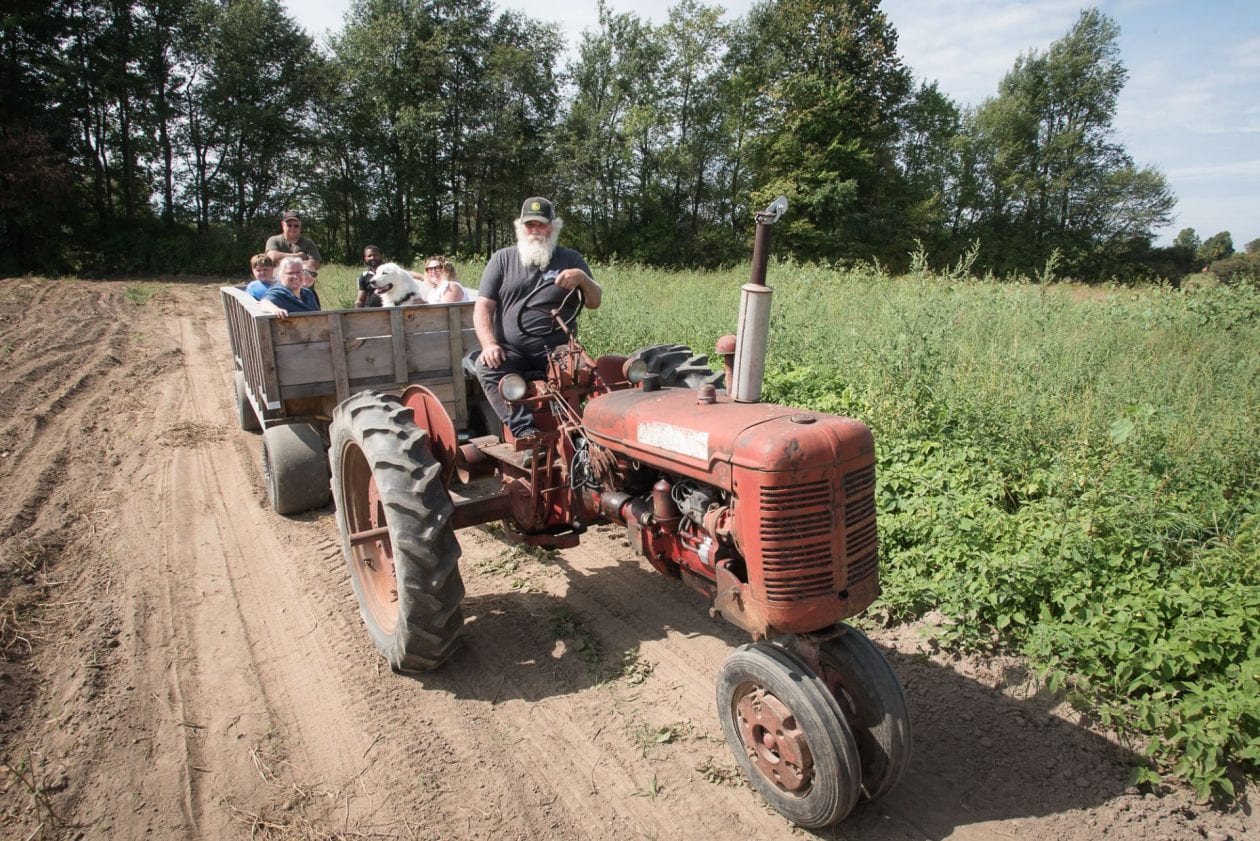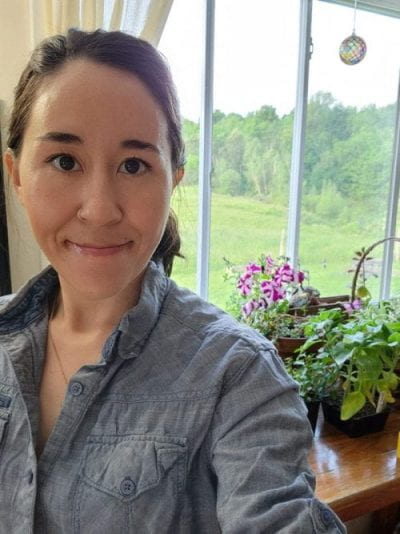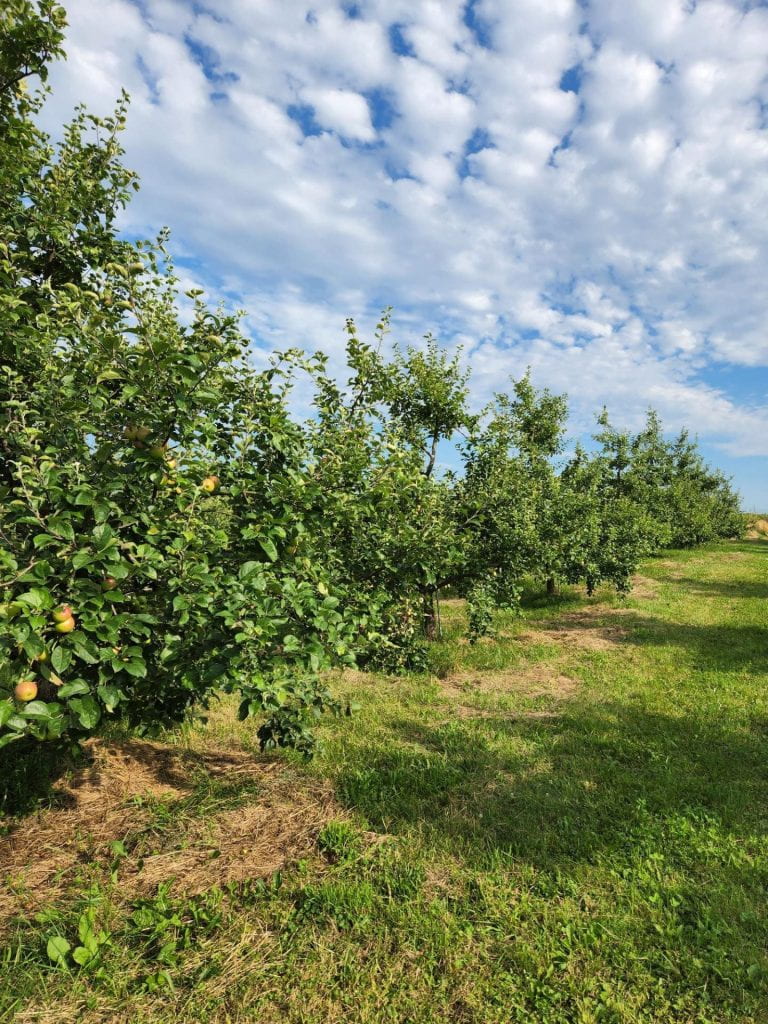The second course in the 2023 Ag and Food Producers Academy, Building an Agritourism Experience on Your Farm, concluded on February 18th, with a wonderful day of field trips after three online evening sessions.
The online sessions offered an opportunity for the 10 participating agriculture businesses to dig into the nitty gritty of creating and running an agritourism activity. Instructor Mary Godnick, Communication Coordinator for Adirondack Harvest, and guest instructor Lindsey Pashow, CCE Agriculture Business Development and Marketing Specialist, guided us through goal setting, insurance and liability considerations, and how to effectively market to your desired audience.

Our field trip time got us out into the community seeing the course materials applied by local businesses. In mid-February, we visited Kaneb Orchards in Massena, had lunch at the Nicandri Nature Centure with a special guest speaker Dillon Klepetar of Farmstead Catering at Echo Farm, and ended the day at Martins Farmstand in Potsdam.
We covered a tremendous amount of information over the past few weeks and want to share some takeaways with farm and food business owners or new entrepreneurs who’d like to create an agritourism experience, or further develop their current one. Find several great resources at the close of this post to help with your agritourism planning.
1. Determining Goals and Boundaries
Whether you’re an existing farm or are in the planning stages of your business, consider your goals, how an agritourism enterprise might help you achieve your goals, and your boundaries.
As important as it is to determine what your goals are for an agritourism venture, it’s equally important to determine what boundaries you have regarding your time, effort, and facility capacity. Essentially, what do you not want to do? In our first class, Mary discussed her experience with hosting on-farm meals because she knew it would be a popular option for consumers. But in practice, to run these experiences she was in the kitchen for long periods of time on those beautiful summer days, so she decided not to offer these anymore.
Read more 5 Takeaways for Building an Agritourism Experience






